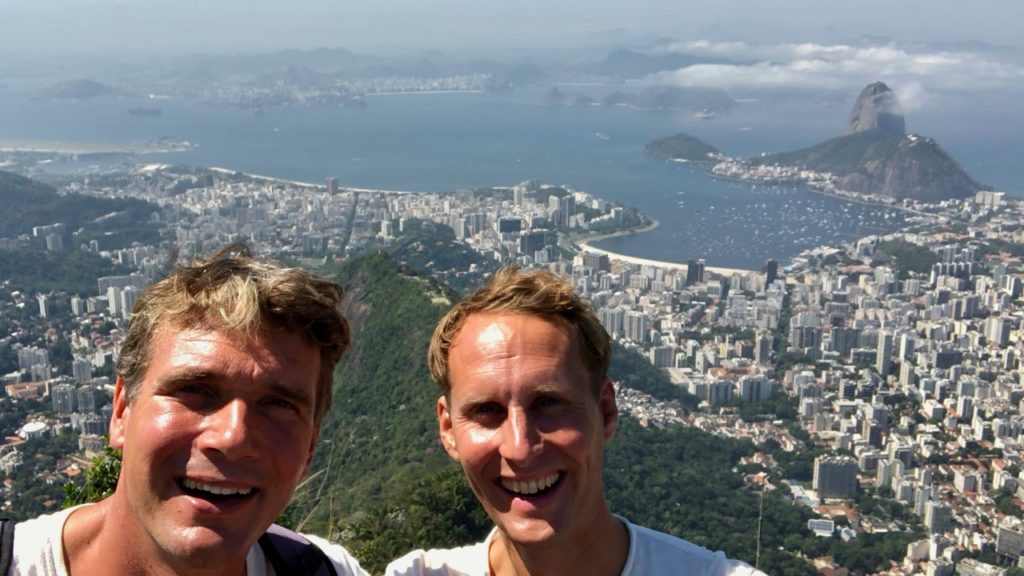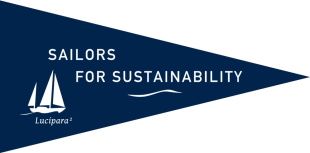Ilhéus (BRA) – Rio de Janeiro (BRA)
“What’s that high-pitched sound?” Floris asks. “It sounds like a whimpering dog.” Moments later a humpback whale surfaces right in front of the boat, followed by a second one. “Grab the camera!” Ivar shouts in excitement. For the next thirty minutes, we are treated to a whale sing & dance performance. Their songs resonate in the cabin and every now and then they show themselves, flapping their fins or revealing their tails before a deep dive. The spectacle reaches its moment suprême when two whales breach in unison. We’re in awe.
Throughout our trip from Ilhéus to Vitória we observe these magnificent sea mammals. It softens the pain of not stopping at the Albrohos islands, where the underwater world is said to be spectacular and there is a large colony of boobies. A frontal zone followed by strong southerly winds is expected, so we need to continue sailing and seek shelter in the harbor of Vitória.



